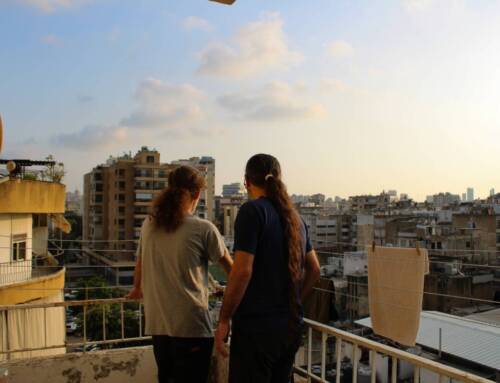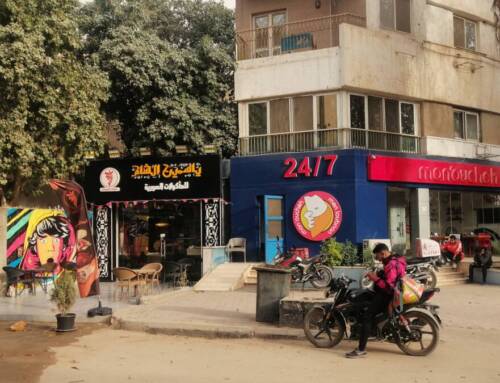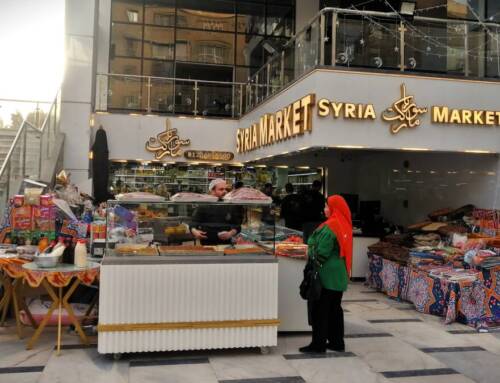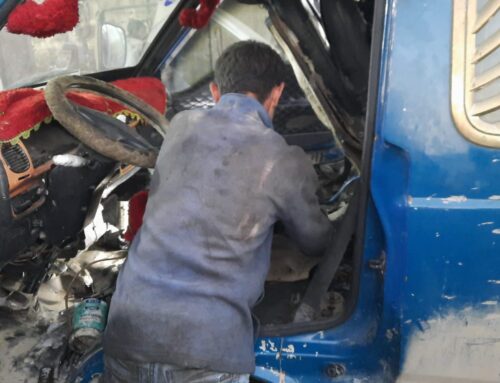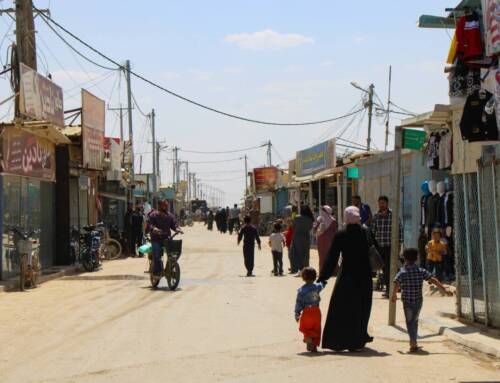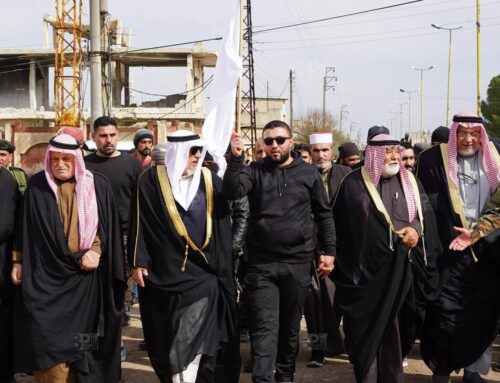Government forces split East Ghouta apart, leaving residents with ‘nowhere to go’
AMMAN: Syrian government forces advanced and cut East Ghouta in […]
11 March 2018
AMMAN: Syrian government forces advanced and cut East Ghouta in two on Sunday, state media reported, while residents said they have “nowhere” to seek safety from a barrage of aerial and ground attacks in the rebel enclave.
The Syrian Arab Army (SAA) captured the central East Ghouta town of Mudayra on Sunday after “fierce battles with terrorist organizations,” state media outlet SANA reported.
The advance severed rebel supply routes and movement between the pocket’s northern and southern sections, SANA said.
Syria Direct could not independently confirm the capture of Mudayra by government forces, which pro-opposition media outlets did not immediately report on Sunday.
In an earlier advance, Syrian government forces captured the central East Ghouta town of Misraba on Saturday, effectively “cutting off” the enclave’s largest city, Douma, from the rest of of the pocket, Hamza Beriqdar, the spokesman for the rebel faction Jaish al-Islam told Syria Direct.
Jaish al-Islam is one the two major rebel factions in control of East Ghouta.
Today, East Ghouta is divided into two main pockets: a northern section, where Douma lies, and a southern section containing a cluster of other cities and towns. The town of Harasta, near Douma, sits in a third pocket of its own, surrounded on three sides by government forces. Roads connecting Harasta to the rest of East Ghouta are within range of government fire and therefore impassable.
“There’s nowhere to go,” Khadeja Homs, a resident of the East Ghouta town of Hamouriyah told Syria Direct on Sunday.
Pro-government forces have encircled and bombarded East Ghouta, where an estimated 400,000 people live, since 2013. Damascus intensified attacks on the enclave last month in an ongoing aerial and ground campaign that has left approximately 1,100 civilians dead and many more injured.

SAA units and their allies have captured more than half of East Ghouta since the escalation began, Iran’s Fars New Agency reported on Sunday, citing Syrian military sources. The UK-based Syrian Observatory for Human Rights reported the same statistic last week.
As government forces advanced in East Ghouta over the weekend, “the bombing increased in its strength, intensity and duration” Douma resident and journalist Haytham Bakkar told Syria Direct on Sunday from a bomb shelter in the city. “The bombing hasn’t stopped since the morning,” he said.
Airstrikes and shelling over cities across East Ghouta killed at least five civilians on Sunday, according to the Civil Defense.
Increasingly hemmed in by advancing government frontlines, civilians told Syria Direct that their options for places to seek safety from the bombing are narrowing.
“We are now running from neighborhood to neighborhood, street to street and building to building,” journalist Bakkar said.
Abu Anas, another Douma resident who spoke to Syria Direct on Sunday just before the capture of Mudayra, listed a number of towns that were once available to him, should the need to flee his city arise: Misraba, Saqba, Hamouriya. Now, those towns are inaccessible.
“Today, it’s impossible for me to flee,” he said. “There’s only Douma.”
East Ghouta residents moved underground in recent weeks, seeking to ride out government bombings in basements and cellars. But as thousands of East Ghouta residents pack into shrinking pockets of rebel territory, not everybody can find shelter underground.
“There are some who have no place in a shelter,” journalist Bakkar said, “especially after the wave of displacement to Douma that took place after [the fall of] Misraba, Otaya and Bayt Sawa,” all towns captured by pro-government forces over the past two weeks.
‘Fear of the unknown’
Jaish al-Islam spokesman Beriqdar told Syria Direct on Sunday that his faction is not in negotiations with the Syrian government to leave East Ghouta.
On Friday, Jaish al-Islam released 13 militants with Hay’at Tahrir a-Sham (HTS)—previously part of Al-Qaeda affiliate Jabhat a-Nusra—from rebel prisons in East Ghouta. The fighters then departed East Ghouta with their families and headed for rebel-held Idlib province.
The departure followed “consultations” between Jaish al-Islam, the United Nations and “a number of international actors,” the faction said via a statement published to its official Twitter account.
Expelling “Jabhat a-Nusra” and its affiliates from East Ghouta is often cited by the Syrian government as the reason for its campaign on the pocket.
Further negotiations regarding the evacuation of a second group of militants are underway, Major General Vladimir Zolotukhin, spokesman for the Russian Defense Ministry’s Center for Syrian Reconciliation said on Sunday, Russian state media outlet Sputnik reported. The center is a party to the talks.
HTS fighters who departed East Ghouta on Friday left via the al-Wafideen crossing northeast of Douma, TASS reported. Russia designated the crossing as a “humanitarian corridor” in a unilateral decision last month.
The corridor is meant to facilitate civilian departures from the enclave, but few civilians have been able to leave East Ghouta through it so far, Syria Direct recently reported. Russia and the Syrian government accuse rebels of shelling the area to prevent civilians from leaving. Rebels deny the claims.
Underground in East Ghouta, civilians waiting out the fighting know little about any negotiations to decide their fate, said journalist Bakkar.
“The fighters aren’t telling us what’s going on,” he said from his Douma shelter, “and the politicians aren’t saying where they’re headed.”
“Fear of the unknown is ruling the situation now.”


